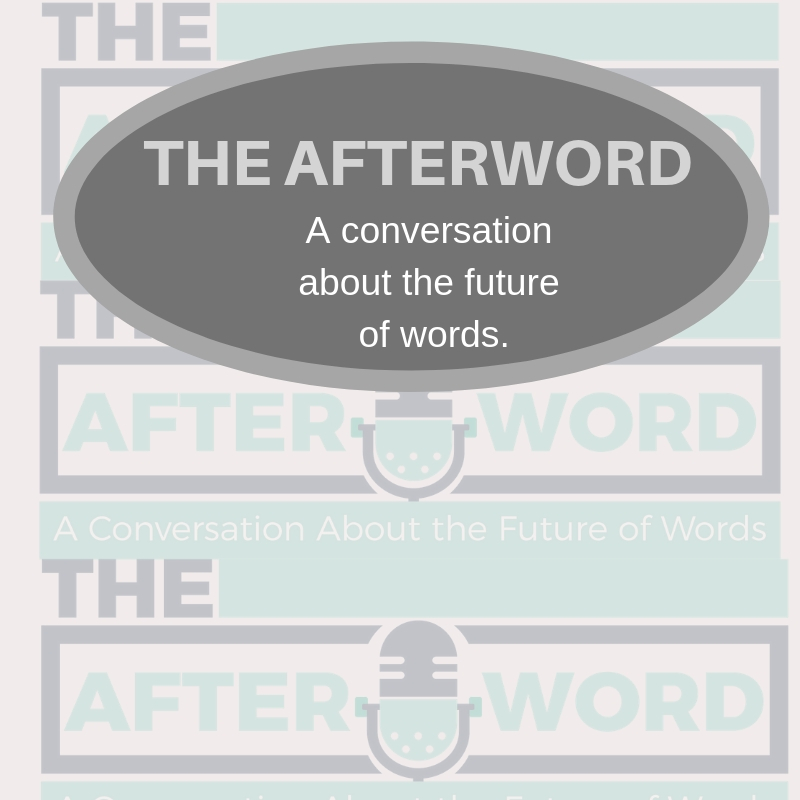
The Intentional Writer
Boost Creativity by Increasing Diversity
Do you want to take your creativity and problem-solving abilities to a new level? Diversify your inputs. Increasing the…
September 8, 2020
Do you want to take your creativity and problem-solving abilities to a new level? Diversify your inputs. Increasing the…
September 8, 2020
If you’ve queried in the past five years, you’re familiar with the plea for diverse books. Publishers and readers…
May 27, 2020
What’s sensitivity reader? A sensitivity reader may not be what you think it is. These are not “thin-skinned” readers…
February 27, 2020
In a time of divisive discourse, empathy appears to be a missing element in the fabric of some of…
August 10, 2019